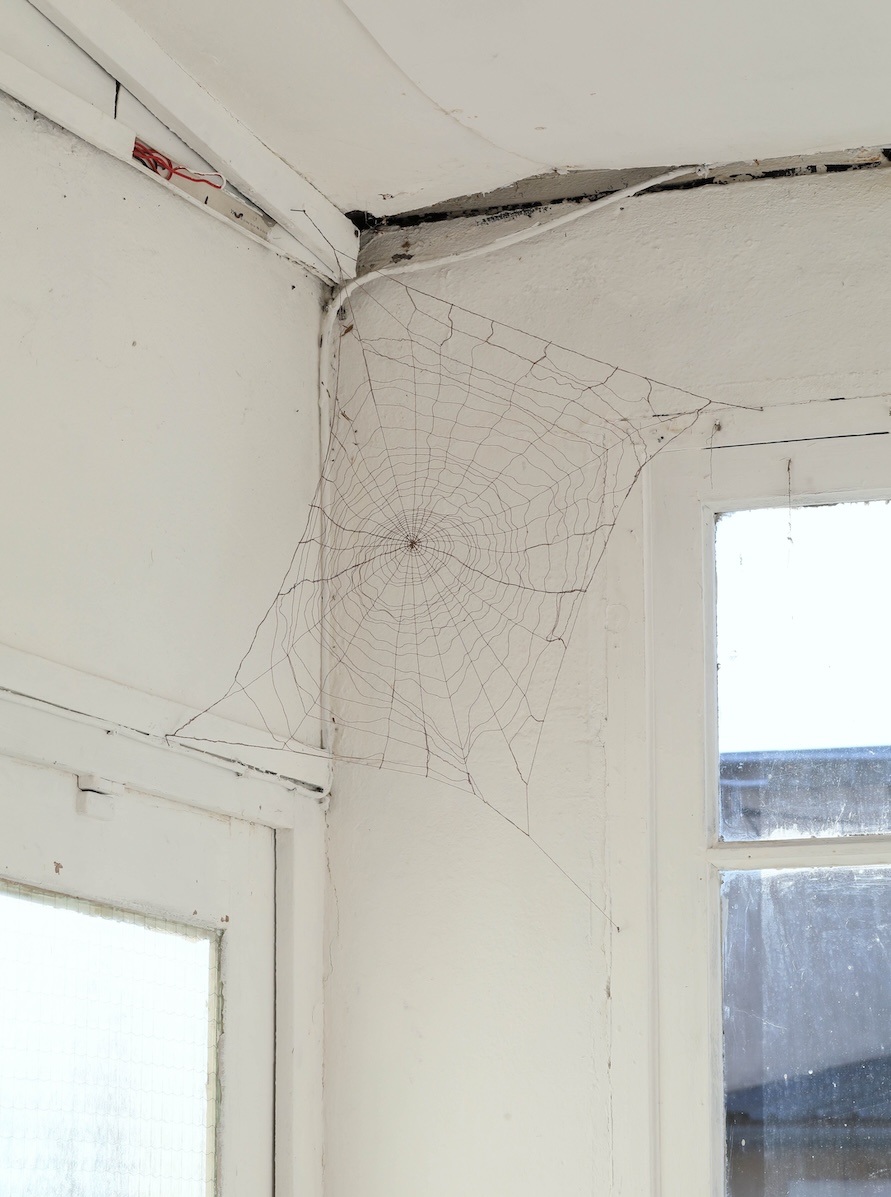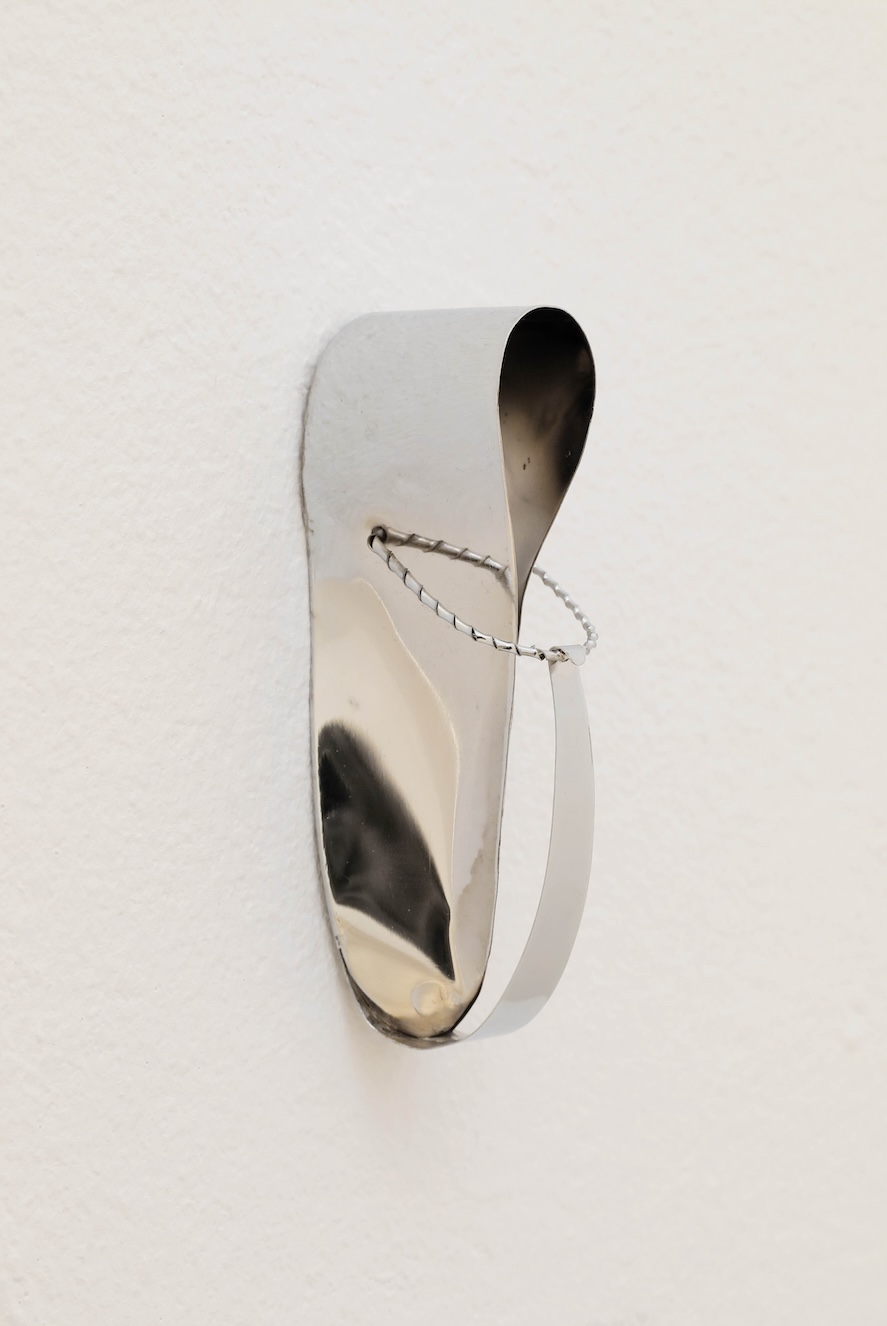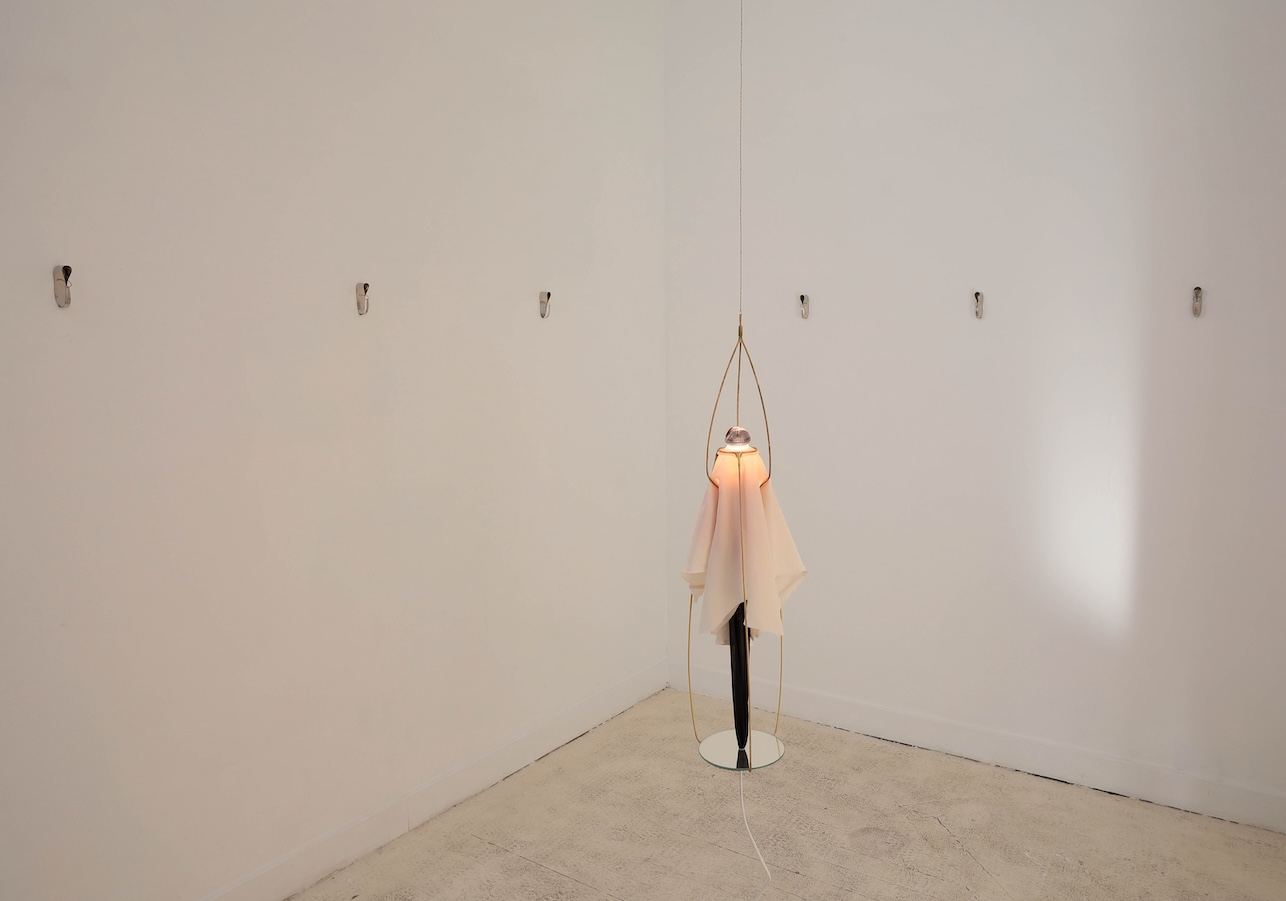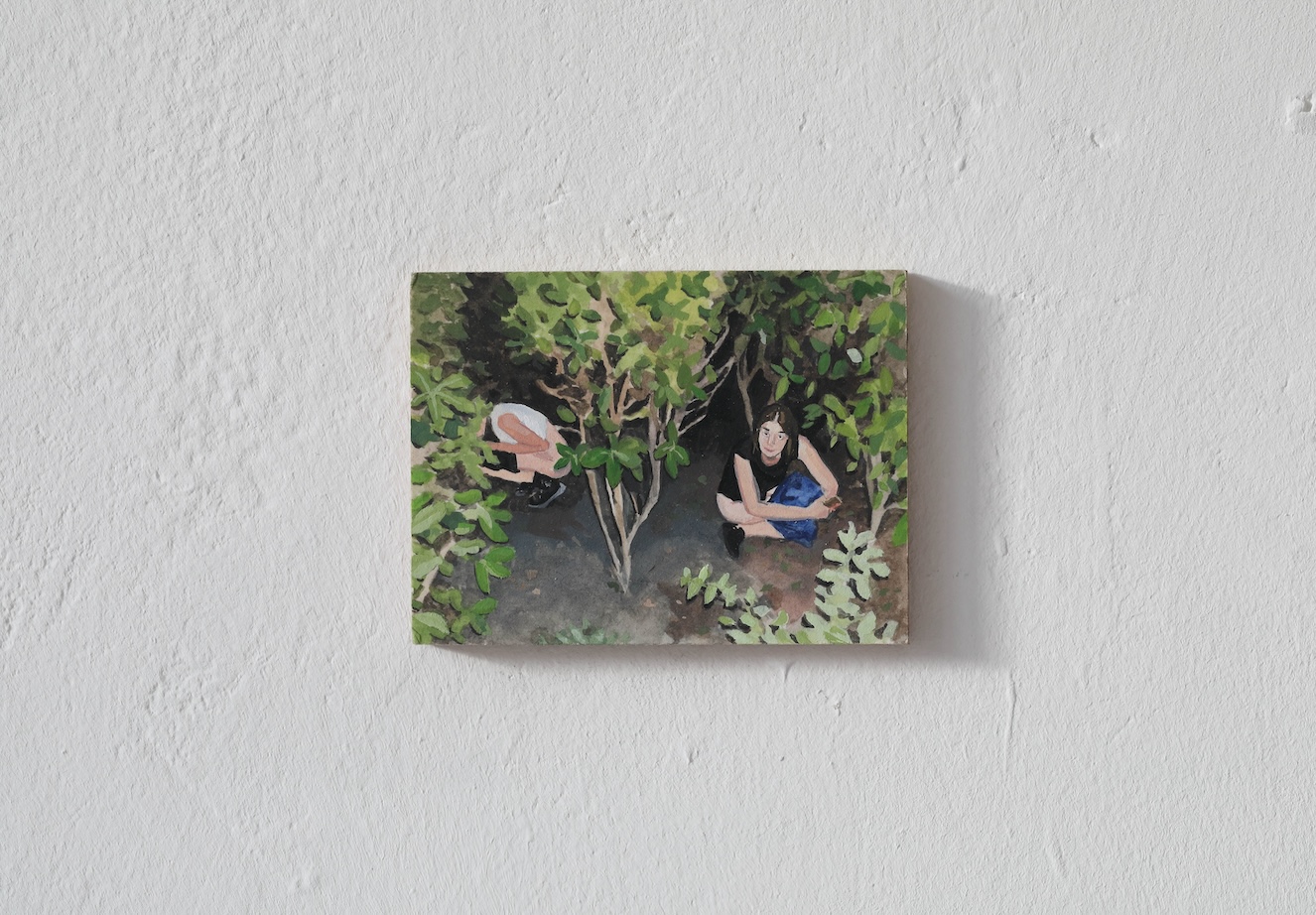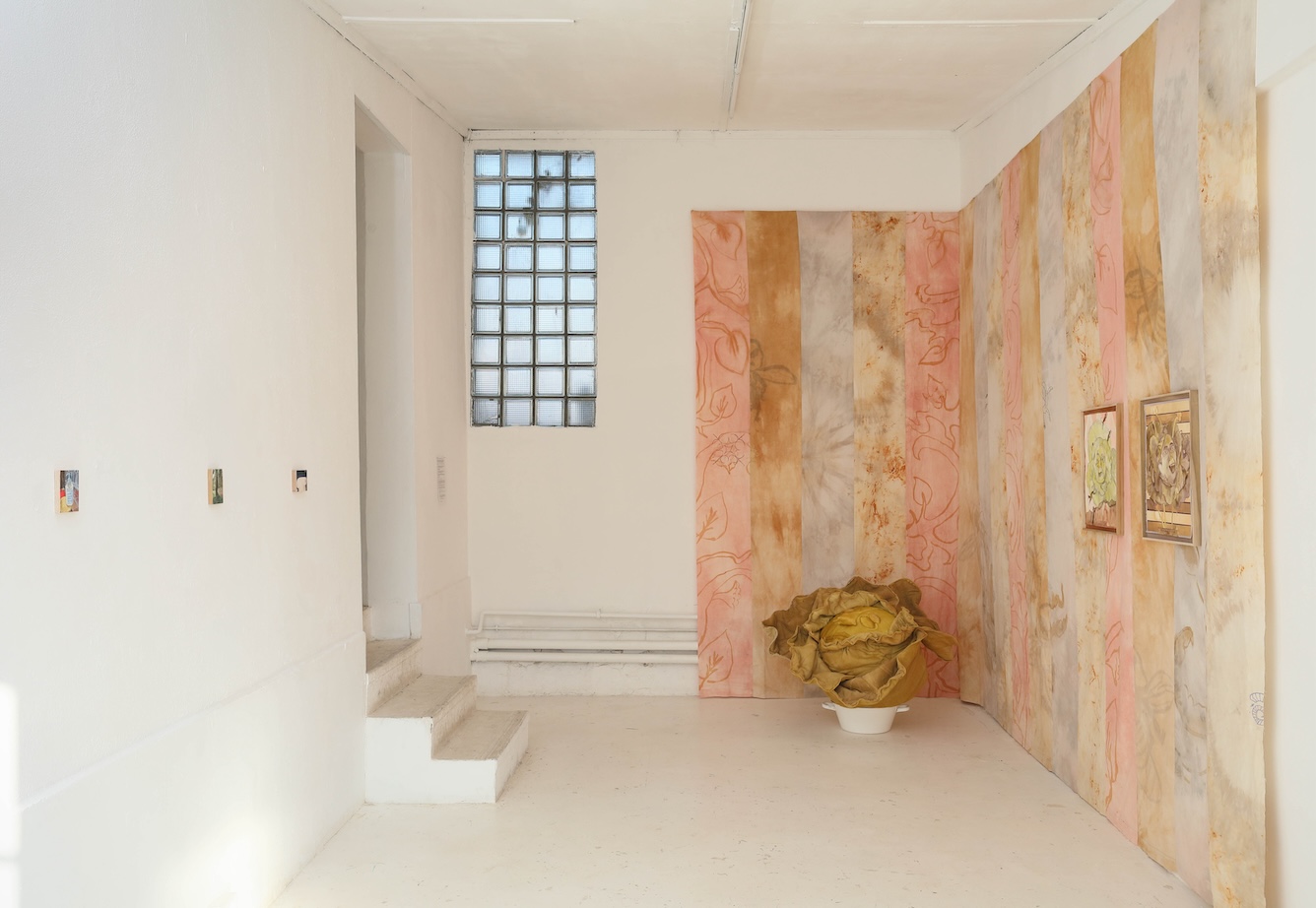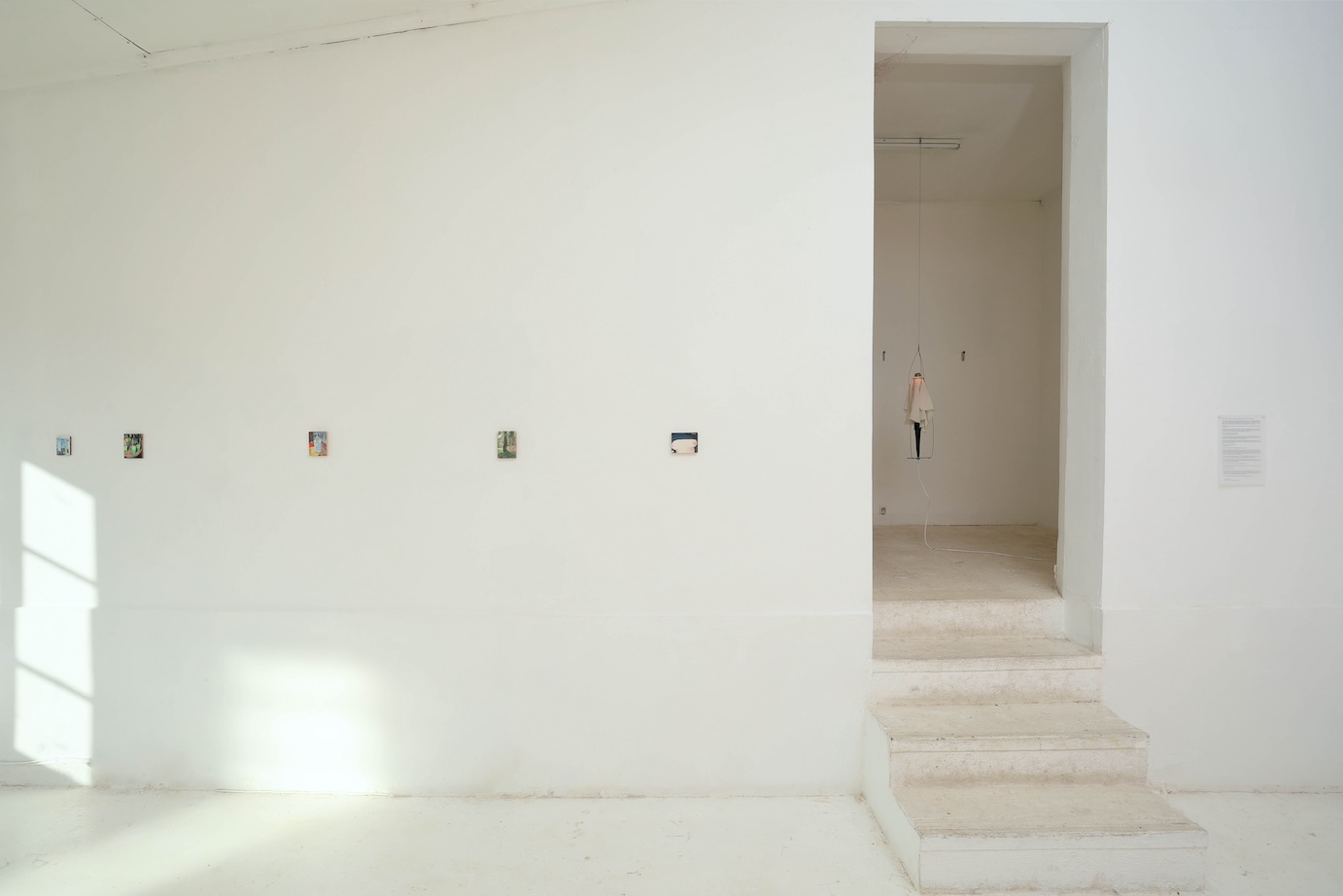
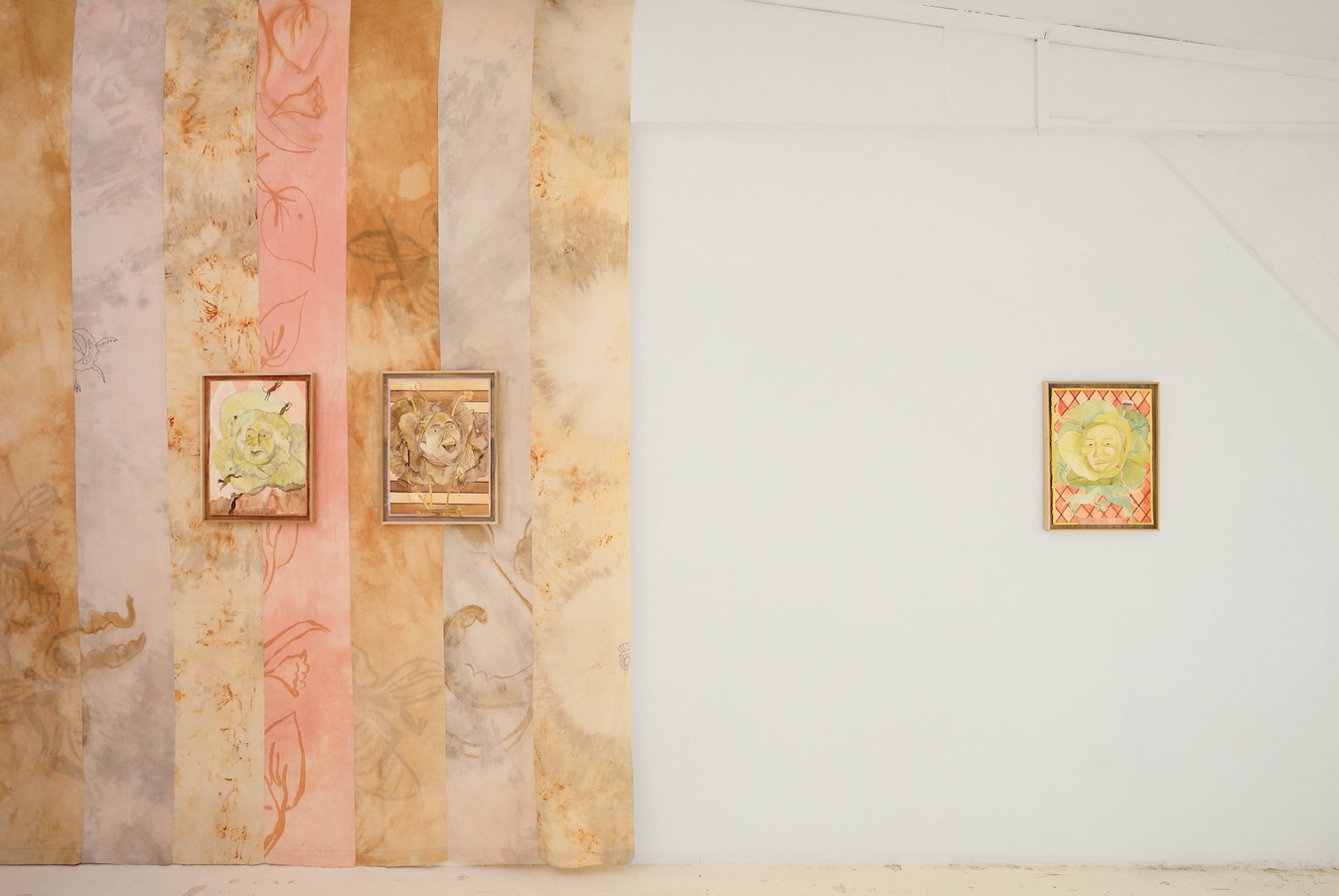
Off-site / Cette inondation-là, mais en mieux
With Charlie Boisson, Marion Chaillou, Anna Reutinger, Phoebe Hadjimarkos-Clarke, Yasmine El Amri, Léa Rivière, Yoann Dumel-Vaillot
In the courtyard of Pauline Perplexe, shut away and buried long enough ago for no-one alive to remember seeing it, flows the Bièvre. A local river that has become mythical, its lapping sounds cradled residents and craftspeople, irrigated vegetable gardens and powered mills for centuries, before it became too dirty and too smelly to be allowed to cohabit the landscape. This bucolic imagination has a silver lining: the Bièvre has become the emblem of a close, buried nature, which town councils undertake to bring out of the ground to green their districts. On the road that leads here, between the grassy embankments that have been filled in for the occasion along the main road, you can once again catch a glimpse of this little stream, which is as harmless as it is touching. In the case of Pauline Perplexe’s two houses, the Bièvre, swollen by rainwater, sometimes rises up to flood the basements: the proximity of a river sometimes means saltpetre and dampness rather than grass and freshness. But above all, once the damage is done, it’s a story that’s visual and funny enough to be told often, and to become part of the folklore of the place. That’s why I’m using it to introduce this exhibition, which combines artworks with texts and voices, based on flows, spurts and overflows. It has been built up by the association of ideas, in the same way that drops come together to form a puddle, if the metaphor had to be stretched.
Yasmine El Amri’s work is surely the most direct extension of this topographical and urbanistic interest in fresh water, its paths and diversions, its dividing lines and canals, which she puts into words and performances with a great deal of imagery and poetry. There is the “icy bubbling water” of the landscapes sketched out by Léa, whose name is La Rivière, in which the “geological lesbians” of her text armes molles bathe, telling us stories of communion, rituals and passages between beings, their bodies and landscapes, with great solemnity and no less humour.
If a flood can be surprising and frightening, there are also geysers that we are happy to let ourselves be drenched in, and it is often on this boundary that Charlie Boisson plays with his installations, where the enigmatic is a foil to fetishism, as here in La ronde des choses, which speaks of the reciprocal relationships between objects and symbols, and where the softness and sharpness of the materials cohabit in a low light.
But for the better? The title is borrowed from Tabor, a novel by Phoebe Hadjimarkos-Clarke, which opens with our world covered by water, and the survivors taking refuge on dry land plateaus, in camps where other models of community life are being tried out, and where Mona and Pauli continue their love story.
The mischievousness and melancholy of Marion Chaillou’s gouaches, whose format could be likened to illuminations or phylacteries, the non-eventfulness of her subjects and her poetic enumeration, remind me vividly of the atmosphere that reigns in the Tabor that appeared in my imagination as I read.
Finally, the Bièvre, with the tapestry factories of Gobelins and then Jouy, carries a long and dense history of know-how, secrets and colours, which Anna Reutinger’s project echoes, paying tribute to and documenting the peasant and artisan revolts of the late Middle Ages across Europe. We’re not talking here about scarlet, which made the waters of the Bièvre so prized by dyers, but rather madder, a plant known officially for its dyeing virtues and unofficially for its abortifacient properties.
And it’s this story that Yoann Dumel-Vaillot will use to close the exhibition: the outbursts and uprisings, the alchemy that works or doesn’t, and the unverifiable legends we love to believe.
This exhibition is part of the cross-residency “Running waters” between Bétonsalon and Pauline Perplexe. This residency is supported by the Ministry of Culture – DRAC Île-de-France in the framework of the SODAVI-F, Schéma d’Orientation pour les Arts Visuels en Île-de-France.
Performance and readings by Yasmine El Amri, Léa Rivière and Phoebe Hadjimarkos-Clarke.
Lecture by Yoann Dumel-Vaillot.
